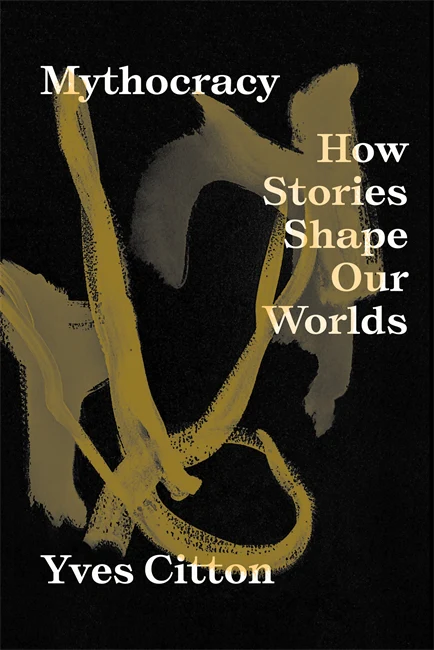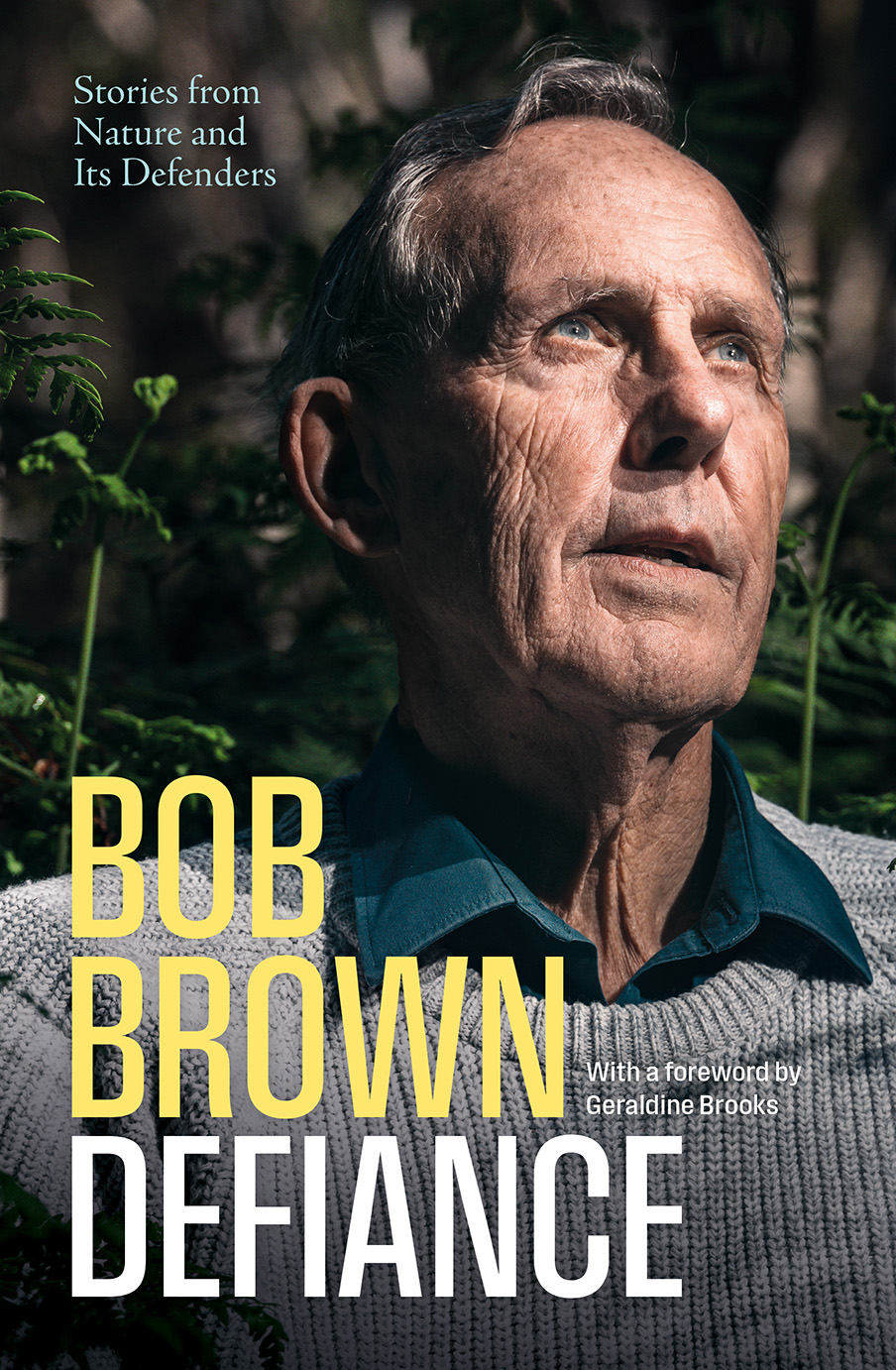Thea Astley

In the thirty or so years that she has been publishing fiction, Thea Astley has mapped out a literary territory very clearly her own, a territory that is defined in the first place by regional geography.
The action of her first novel, Girl with a Monkey (1958), is played out entirely in Townsville. Both setting and action were the first in a series of explorations of Queensland’s tropical north, up to and including Reaching Tin River (1990). In between lie Hunting the Wild Pineapple (1979), An Item from the Late News (1982), and It’s Raining in Mango (1988). These stories move from the run-down oppressiveness of postwar Townsville, across the Dividing Range to smouldering Allbut, up to Kuranda and the Atherton Tableland, and finally embrace both inland and coast in Reaching Tin River.
That Astley writes about this north-eastern quadrant of Australia better than almost anyone else goes without saying. She is expert on its sights, its sounds, its smells, its human communities and disunities. Beyond the painter’s fascination with colour in great slabs, drenching rains, parched pastoral acres and rank tropical undergrowth, there is of course the writer’s fascination with how such scenes and conditions act upon the people who inhabit them – too often, to Astley’s perception, with the sort of violence that brings An Item from the Late News to its climax, more often producing the petty lusts and envies of Hunting the Wild Pineapple. Such minor peccadilloes and small powers to hurt unavoidably attract Astley’s highly spiced wit – a wit that, starting with her titles (‘The Salad of the Bad Cafe’, ‘A Man Who is Tired of Swiper’s Creek Is Tired of Life’), extends through her place names (Perjury Plains, Drenchings, Allbut) to infiltrate line after line of her prose. No other contemporary Australian writer has quite her gift for the discomforting aphorism.
Around all her descriptions of North Queensland and its denizens, however, there hovers a fictional ambience as close as anything we have to parts of Graham Greene – a sense of how tropical lushness and climatic extremes can combine to heighten the human capacity for wrongdoing and corruption. I do not want to insist too much on the Catholic matrix of Astley’s writing, but it is there and not only in the disenchanted portraits of disillusioned priests, or even the regular references to the Mass, Confession, or some other element of Catholic rite or experience. It is there, most importantly to my mind, in the steady trend of her plots to force her protagonists into living well or badly, and into coming to understand how badly or well they live. Among such characters, I think immediately of Gabrielle Jerrold, the painter-narrator of An Item from the Late News, tormented by what she sees and her complicity in it, or of Keith Leverson retreating, with his artificial leg, to the company of dropouts and misfits in the hills and tablelands above Cairns so vividly realised in Hunting the Wild Pineapple.
Leverson, to be sure, had lost his leg in a different time and a different place, and in a different novel. He is the adolescent protagonist of The Slow Natives (1965). In that earlier work, his life moved between suburban Brisbane and the Gold Coast, between unhappy parents and dangerous contemporaries. Cities, it must be said, do not play a large part in Astley’s imaginative geography, but they do add a further dimension to her mind’s grasp on the human world. The Slow Natives apart, her most citified works are The Acolyte (1972) and The Well Dressed Explorer (1962). In both she finds rich nourishment for her sense of the shabby, the meretricious, the second-hand and the second-rate. George Brewster, the well-dressed explorer, moves from small town to Brisbane to Sydney, to journalism and an insatiable need for female adoration. He charts a path across his life perfectly shaped to bear the imprint of Astley’s satire and her pity. That same unique combination of compassion and savagery permeates the story of the musician Holberg, as narrated by Paul Vesper in The Acolyte.
If Holberg is finally seen to be a selfish failure, music remains a constant source of comfort and delight to many of the characters in Astley’s novels and, one suspects, the author herself. Her writing is full of musical references and quotations, placed and exploited with the deftness of one who knows and loves melody, cadence, tone. It can provide immediate emotional solace, bridge an emptiness between individuals; most of all it can bring harmony into life and life organised into art. If Astley takes discordant relationships as one of her great themes, her fictions seek harmonies and forms in which to resolve them. She seems to find in the formal structures of music an alluring certainty hardly to be found elsewhere.
If she finds it anywhere else, it is in the structural basis of the English language – its grammar. Astley loves a well-placed comma, a properly constructed sentence better than almost any of her contemporaries, and her own highly wrought prose demonstrates that grammatical correctness need be no impediment to dramatic immediacy and emotional impact. It is, indeed, this determination to harness rule to intensity, rather than the fact that she started out as a primary school teacher, that accounts for her love of formal correctness in language (although from personal observation I can attest that she is among the most gifted teachers I have ever met – her witty, cajoling, totally empathetic presence in the classroom mirrors that same quality in her prose).
Teachers as a class do not fare especially well in her novels. It was their profession that provided much of the prevailing drab social tone of her first novel and occupied centre stage in her second – Robert Moller and Helen Striebel in A Descant for Gossips (1960) awaken Vinny Lalor to some small possibilities in a small town life, then, unconsciously and carelessly, condemn her to suicide. Twenty-five years later, the teachers of Beachmasters (1985) are just as ineffectual, sad and potentially destructive as those earlier figures. Yet I have a suspicion that it is only because she feels so deeply the honour of her first profession that Astley is so hard on its individual members. She may not expect a great deal of a bank manager or a gun runner or a pastoralist or a police officer; from a teacher she hopes for more.
Goodness and meanness, sensitivity and greed, stupidity and pain – the stuff out of which Astley’s novels are made – can surface anywhere. Her fictions, indeed, encompass a very wide range of occupations, stages and styles of life, as well as a couple of readily identifiable regions of eastern Australia. More frequently than anywhere else, however, she reveals what she sees as the ‘essence of our humanity in her studies of adolescence and early adulthood. Elsie, the teacher–heroine of Girl with a Monkey, is still vulnerably young. Vinny, in the next novel, is dead by her own hand at the end of the tale, destroyed by the crassness of adults. Keith Leverson loses a leg and much of his capacity for living in The Slow Natives. By the end of Beachmasters, Gavi Salway is exiled forever from childhood as well as from home.
As with her Catholicism, I would not want to make too much of Astley’s recurrent use of adolescence as a subject. Those of her novels that use the motif give us not so much yet another version of the rites of passage theme as a sense that it is in and through the fragile young that she can most amply realise her sense of the possibilities for joy and sorrow that life can hold for all of us. It is no accident that, technically, Astley is as much drawn to first person narrative as, thematically, she is attracted to adolescence. Hunting the Wild Pineapple, An Item from the Late News, Reaching Tin River – these works maintain the convention from beginning to end; the rest always seem to be on the edge of slipping into the first person pronoun (and sometimes actually do). I put this down to what I take to be the twin motive powers in Astley’s imagination: a never lessening thrill at being alive, and a constant joy in capturing the whole range of living in words, in characters, and action. Beyond all the satire, the wit, the occasional cruelty, and the constant compassion, the unfailing attribute of Astley’s work is panache. Her prose bears its stylishness like a bright plume. That stylishness is to be found as much in her account of colonial corruption and incompetence in Beachmasters as in the heightened rendering of the discovery of death and adulthood in the same novel. It extends from her accounts of Townsville to Brisbane to Sydney, and beyond to the island societies of the South Pacific. Those societies, in Beachmasters and A Boat Load of Home Folk (1968) make up, so far, the geographical sum of Astley’s world. The settings of both works offer the same tropical possibilities that have attracted her so frequently throughout her career; in the Pacific island setting of Beachmasters perhaps at an even higher pitch of perception than in North Queensland. To the familiar themes of adolescent discovery and betrayal, of Catholic consciousness and a satirised society, Astley adds an acute political awareness in her portrayal of the complex shifts and groupings of power on her imagined island republic. Not that she needed to go offshore to find material for her socio-political awareness. It flames into protest no less ardently in An Item from the Late News and A Kindness Cup (1974).
Yet even in those works, where Astley’s rage against social and political wrong is at its fiercest, it goes hand in hand with her sense that injustice, corruption, power, are exercised in some specific place, some particular circumstance. She seeks to understand these matters, no less than any of the virtues of which she writes, by triangulating them to their precise location on her map of behaviour, ‘Let me draw you a little map’, are Leverson’s opening words in Hunting the Wild Pineapple.
Indeed, Astley’s whole career as a novelist might be characterised as that of a literary cartographer, creating for us an atlas of real and imaginary worlds. For thirty years she has been sending us back postcards, snapshots of the places she has visited and mapped – metaphors for her creativity, which are made quite explicit in, for example, A Boat Load of Home Folk and Beachmasters. In An item from the Late News, the metaphor of explanation through time and space is so extended that the entire action is seen as a set of moves on a board game, while in Reaching Tin River the cartographer-protagonist resorts to an even more drastic ploy. After trying three different openings to her story, Belle admits to herself (and to us): ‘Each is true. Each makes me what I am – the words, the eyescapes becoming fact not fiction.’ But it is the voice of the authorial narrator of Beachmasters who sums up Astley’s three-dimensional map-making best of all: ‘it is time to storian.’
For all her love of landscape, of scenery, of regional colours and flavours, the atlas that Thea Astley offers us contains more than simply the places her fiction creates; it is the human sum of all the stories she has told. Gaby Jerrold, in An Item from the Late News, is also an atlas lover. ‘The atlas’, she admits in a moment of Introspection, ‘is for where I have never been.’ In a way, Astley’s books may serve a similar purpose for her readers, but they take us further than North Queensland and the South Pacific and other places we may have never visited; they take us into the lives of the inhabitants of all those familiar/ unfamiliar places. Astley’s atlas has been compiled by someone who has been there.









Leave a comment
If you are an ABR subscriber, you will need to sign in to post a comment.
If you have forgotten your sign in details, or if you receive an error message when trying to submit your comment, please email your comment (and the name of the article to which it relates) to ABR Comments. We will review your comment and, subject to approval, we will post it under your name.
Please note that all comments must be approved by ABR and comply with our Terms & Conditions.